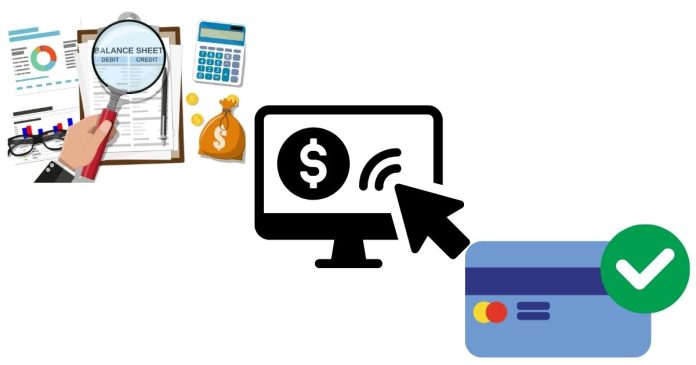If you’ve ever tried to close a Chase checking account online, you might have found yourself scratching your head in frustration. While many banks are moving toward streamlining their processes through digital platforms, Chase makes the process of closing an account a little more involved. Here’s everything you need to know about closing your Chase checking account—and why it may not be as straightforward as you’d hoped.
Can You Close a Chase Checking Account Online?
The short answer: No, not entirely.
While Chase offers a range of online and mobile banking services, closing a checking account through its website or app isn’t an option. This can be surprising in an era where we can handle almost all other banking tasks online, from transferring money to opening new accounts.
Instead, you’ll need to take one of the following approaches:
Ways to Close a Chase Checking Account
- Visit a Branch:
- This is the most direct and efficient way to close your account. Simply head to your nearest Chase branch, speak to a banker, and they’ll walk you through the process.
- Pros: Immediate assistance, no delays, and you can ask questions in person.
- Cons: Requires a trip to the branch, which may be inconvenient.
- Call Customer Service:
- You can contact Chase’s customer service at 1-800-935-9935 to request account closure.
- Pros: Convenient if you don’t live near a branch.
- Cons: You may experience long hold times, and there’s less room to negotiate or ask detailed questions over the phone.
- Mail a Written Request:
- If you can’t visit a branch or call, you can send a written request to close your account. Make sure to include your account details, signature, and a way to verify your identity.
- Pros: This method works if you’ve moved far from a Chase branch or don’t want to call.
- Cons: Slow process—expect delays for both mailing and processing.
- Transfer Your Balance:
- If your balance is $0, it might speed up the process. Chase will often require you to withdraw or transfer all your funds before initiating closure.
Tips for a Smooth Account Closure
- Zero Out Your Balance:
Before attempting to close your account, ensure there’s no remaining balance. You can transfer the money to another account or withdraw it in cash. - Cancel Direct Deposits and Automatic Payments:
Make sure to switch any direct deposits or bill payments tied to your account to another bank account to avoid disruptions. - Ask for Confirmation:
Always request written or email confirmation that your account has been closed. This can protect you from unexpected fees or the account being reactivated. - Watch for Fees:
If your account has been inactive, you might owe a maintenance fee before it can be closed. Check your account details to avoid surprises.
Why Doesn’t Chase Offer an Online Option?
There are a few reasons why Chase doesn’t allow online account closures:
- Security Concerns:
Closing an account involves sensitive information, and banks like Chase may prefer in-person or verified interactions to prevent unauthorized closures. - Retention Efforts:
By requiring customers to call or visit a branch, Chase has the opportunity to understand why you’re leaving—and potentially convince you to stay by offering solutions or incentives. - Complexities with Linked Accounts:
If your Chase checking account is linked to a credit card, loan, or other accounts, Chase may want to ensure there are no issues before closing it.
Alternatives If You Can’t Visit a Chase Branch
If you’re far from a Chase branch and want to avoid long phone calls, consider the mail-in option or reach out through Chase’s secure messaging system via your online banking account. While you can’t close the account this way, they may guide you on the next steps.
Closing a Chase checking account online may not be possible, but with a bit of planning, the process doesn’t have to be overly stressful. Whether you choose to visit a branch, call, or send a written request, following the proper steps ensures your account is closed without any lingering issues.
And don’t forget—when switching banks, take time to research options that better align with your needs, including those that offer more flexible account closure processes. Sometimes, a smoother exit is just as important as a great entry!


